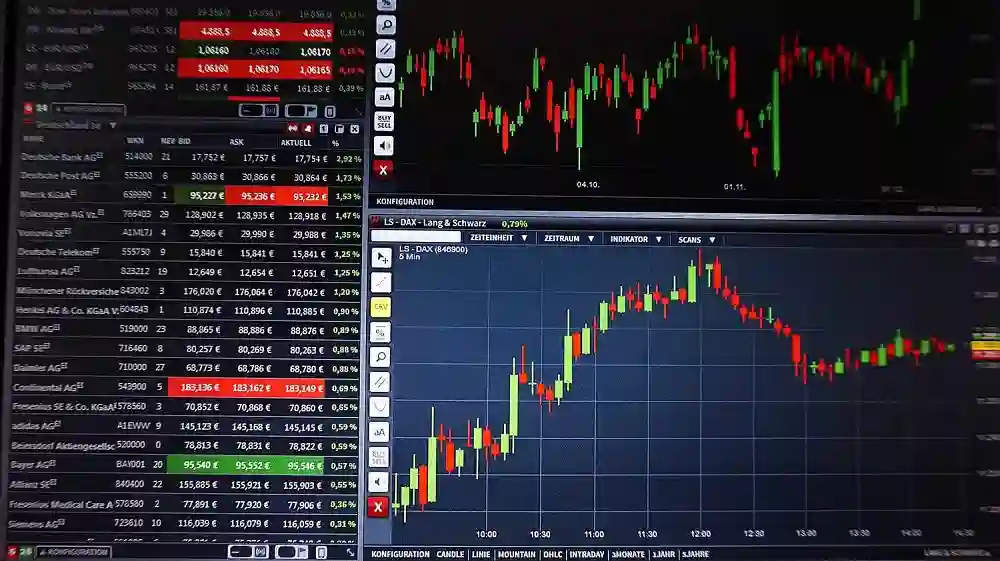In the dynamic world of forex trading, market liquidity plays a crucial role in determining the success and performance of trading strategies, including those executed by forex robots. Liquidity, defined as the ease with which assets can be bought or sold without causing significant price changes, directly affects trade execution, slippage, and overall profitability. In this article, we will delve into the concept of market liquidity and its profound impact on forex robot performance.
The Significance of Market Liquidity in Forex Trading
Market liquidity is a measure of the depth and activity of a market, indicating the availability of buyers and sellers and the ease of executing trades. In highly liquid markets, such as major currency pairs like EUR/USD or USD/JPY, there is ample trading volume, tight bid-ask spreads, and minimal price slippage. Conversely, in less liquid markets, such as exotic currency pairs or during periods of low trading activity, executing trades may be more challenging and costly.
How Market Liquidity Affects Forex Robot Performance
The impact of market liquidity on forex robot performance can be profound and multifaceted. Here are some key ways in which liquidity influences the effectiveness of trading strategies executed by forex robots:
- Trade Execution: In highly liquid markets, forex robots can execute trades quickly and efficiently, with minimal slippage between the intended entry and execution price. However, in less liquid markets, trade execution may be delayed or filled at less favorable prices, leading to increased transaction costs and reduced profitability.
- Price Impact: The act of placing trades, particularly large orders, can impact market prices, causing temporary price movements or slippage. In highly liquid markets, the price impact of trades is typically minimal, allowing forex robots to enter and exit positions without significantly affecting market prices. In contrast, in less liquid markets, large orders may have a more pronounced price impact, resulting in higher slippage and increased trading costs.
- Volatility: Market liquidity is closely linked to market volatility, with less liquid markets often exhibiting higher volatility and greater price fluctuations. While volatility can present trading opportunities, it can also increase the risk of adverse price movements and larger-than-expected losses. Forex robots must carefully consider market liquidity and volatility when executing trades and adjusting position sizes to manage risk effectively.
- Strategy Effectiveness: The effectiveness of trading strategies executed by forex robot can vary depending on market liquidity conditions. Some strategies, such as trend-following or momentum-based strategies, may perform well in highly liquid markets with strong price trends. In contrast, mean-reversion or range-bound strategies may be more effective in less liquid markets with lower volatility and slower price movements.
Strategies for Adapting to Market Liquidity
To navigate the impact of market liquidity on forex robot performance, traders can employ several strategies to adapt their trading strategies:
- Market Selection: Traders can focus on trading currency pairs with high liquidity and trading volume, such as major currency pairs like EUR/USD, GBP/USD, or USD/JPY. By avoiding exotic or illiquid currency pairs, traders can minimize the risk of poor trade execution and excessive slippage.
- Time of Day: Market liquidity varies throughout the trading day, with peak liquidity typically occurring during the overlap of major trading sessions, such as the London-New York or London-Tokyo sessions. Traders can adjust their trading schedules to coincide with periods of higher liquidity, maximizing the efficiency of trade execution and reducing trading costs.
- Position Sizing: Traders can adjust their position sizes based on market liquidity conditions to minimize the impact of slippage and price impact. In less liquid markets or during periods of high volatility, traders may reduce their position sizes to limit their exposure to adverse price movements and manage risk effectively.
- Algorithmic Adjustments: Forex robots can be programmed to adapt their trading strategies dynamically based on changes in market liquidity. For example, robots may adjust their entry and exit criteria, reduce trade frequency, or implement additional risk management measures during periods of low liquidity or high volatility.
Case Studies: Impact of Market Liquidity on Forex Robot Performance
Several real-world examples illustrate the impact of market liquidity on forex robot performance:
- High-Liquidity Scenario: In a high-liquidity scenario, such as during the London-New York trading session, a forex robot executing a trend-following strategy on the EUR/USD currency pair may experience smooth trade execution and minimal slippage. The robot can capitalize on strong price trends and generate consistent profits with minimal trading costs.
- Low-Liquidity Scenario: In a low-liquidity scenario, such as during the Asian trading session or on weekends, the same forex robot may encounter challenges with trade execution and increased slippage. The robot may need to adjust its trading strategy, reduce position sizes, or avoid trading altogether during periods of low liquidity to mitigate the risk of adverse price movements and excessive trading costs.
Challenges and Considerations
While market liquidity is a critical factor in forex robot performance, traders must also consider other factors that can influence trading outcomes, including:
- Market Conditions: Market liquidity is just one aspect of market conditions that can impact forex robot performance. Traders must also consider factors such as market volatility, economic events, and geopolitical developments when assessing trading opportunities and adjusting their strategies accordingly.
- Data Quality: The accuracy and reliability of market data used by forex robots can impact their performance and decision-making capabilities. Traders must ensure they have access to high-quality data from reputable sources to make informed trading decisions and avoid erroneous predictions.
- Regulatory Considerations: Traders must comply with regulatory requirements and guidelines governing forex trading activities, including rules related to trade execution, reporting, and risk management. Failure to adhere to regulatory requirements can result in fines, penalties, or other legal consequences.
Conclusion
Market liquidity plays a critical role in determining the success and performance of forex robot trading strategies. By understanding the impact of market liquidity on trade execution, slippage, and overall profitability, traders can adapt their trading strategies and optimize their forex robot performance. Through careful market selection, time of day adjustments, position sizing strategies, and algorithmic adjustments, traders can navigate the complexities of market liquidity and maximize their chances of success in the dynamic and ever-evolving world of forex trading.


